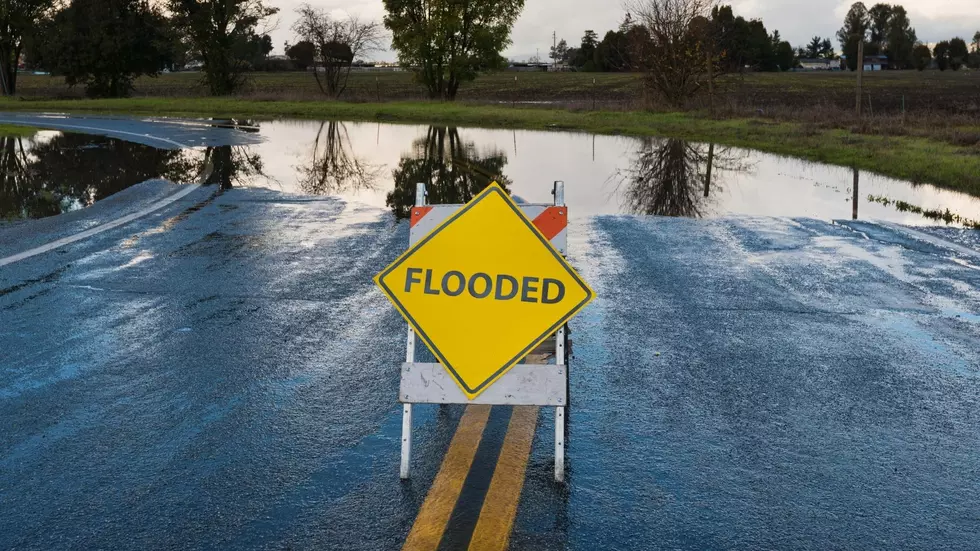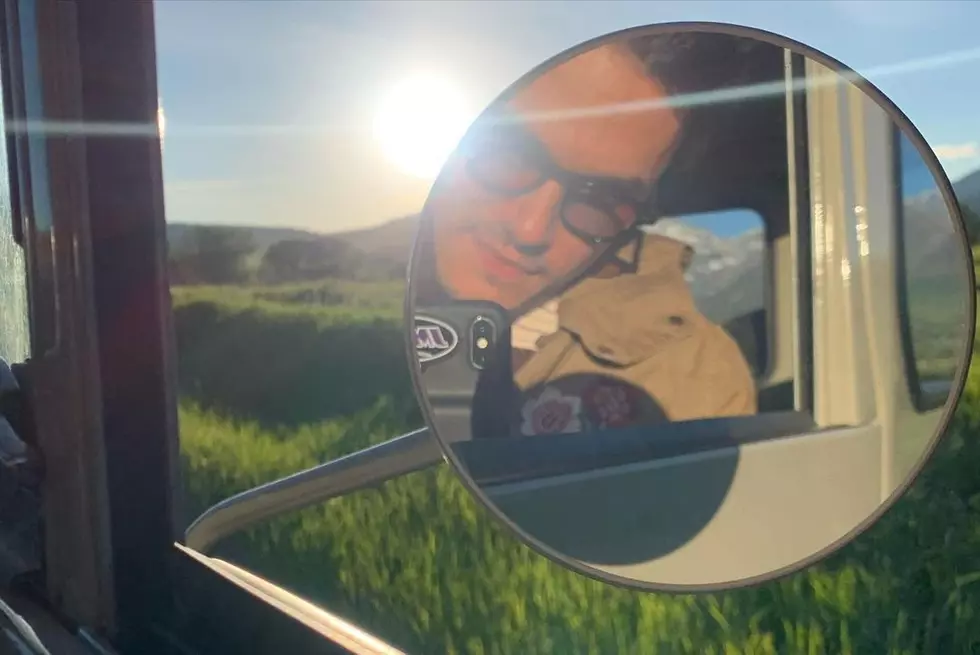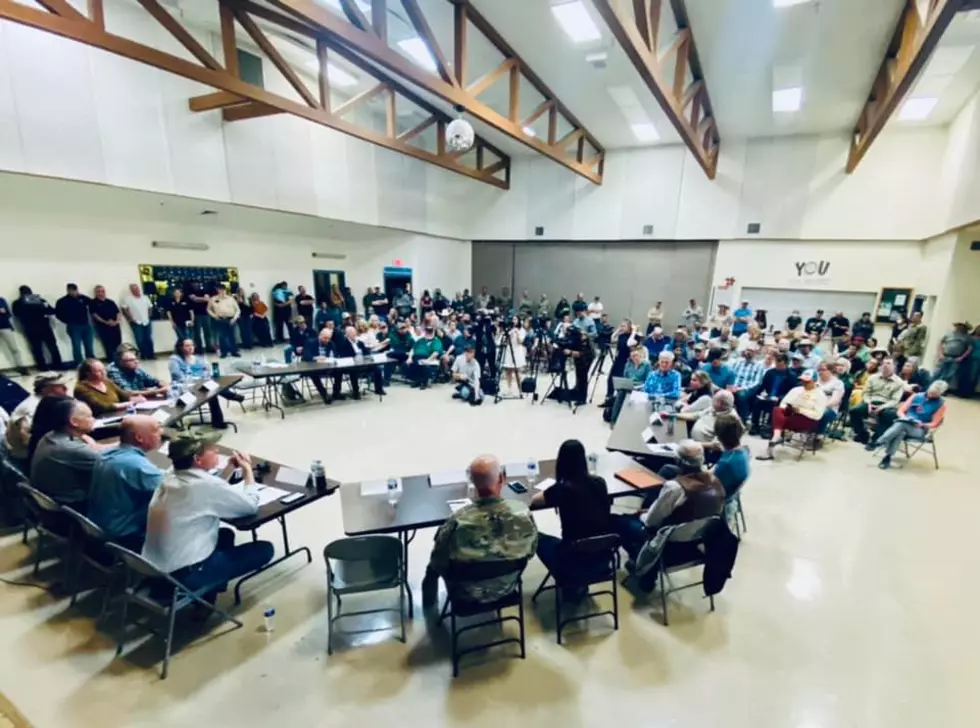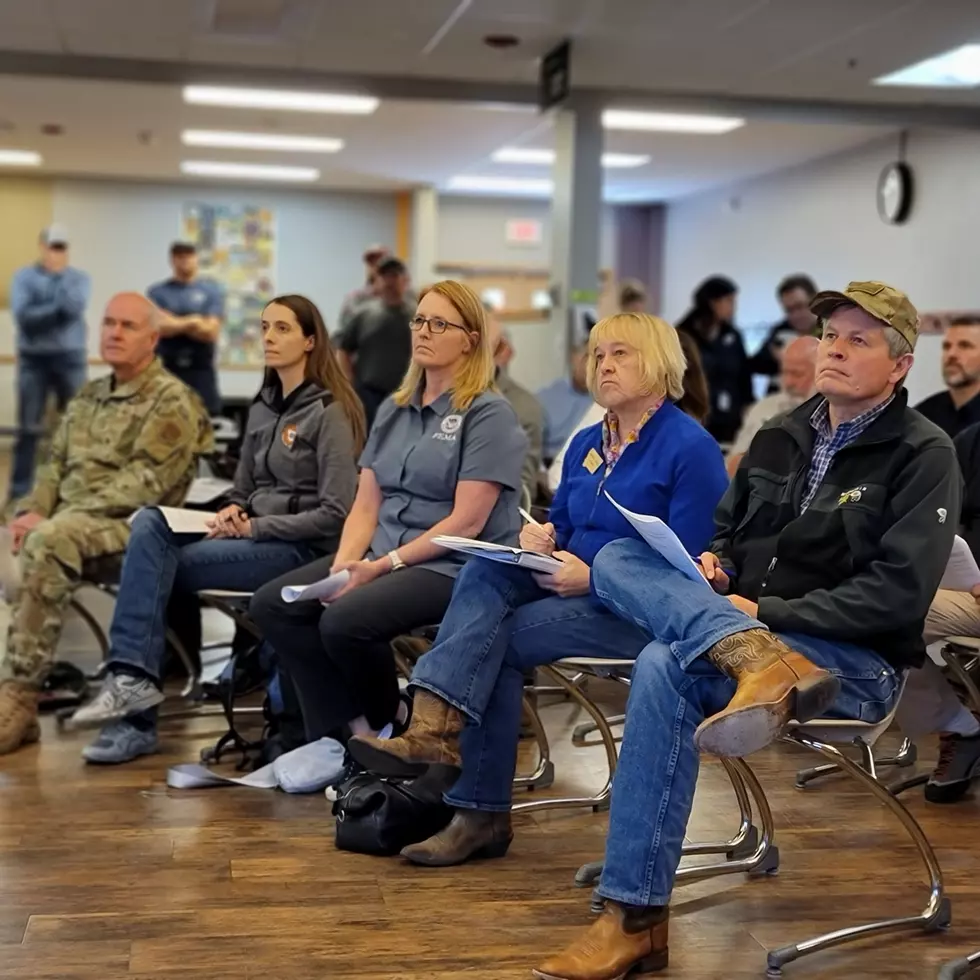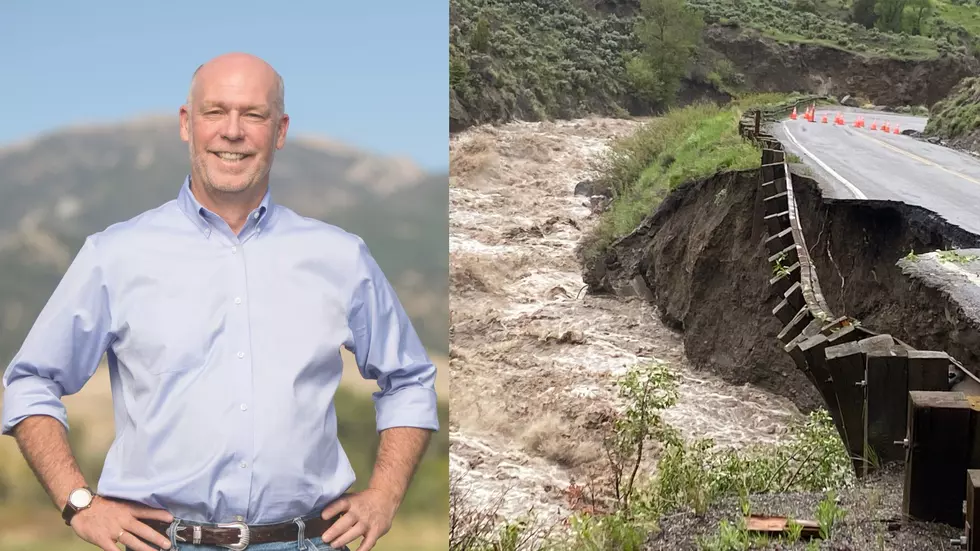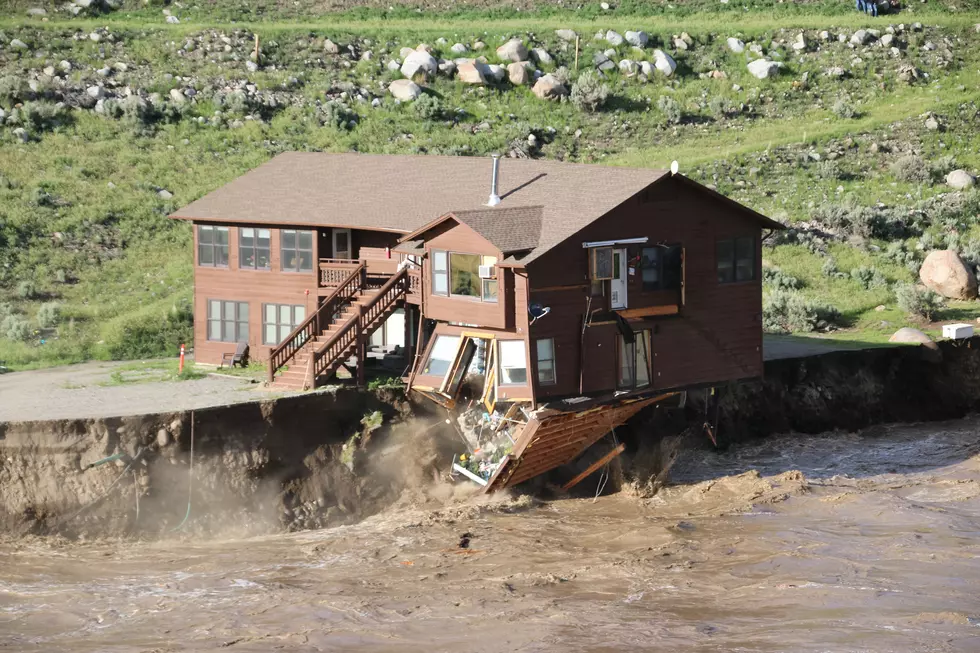
Montana Landowners Under Pressure to Gain Stream Mod Permits
Due to the extreme flooding across Southern Montana last month, Conservation Districts across Montana are seeing influxes of emergency permits for stream-modification work from homeowners needing to do work after the flooding. As a result, these same Districts have now urged homeowners to plan ahead and get the permits ahead of time.
Record-shattering flooding leads to emergency action
According to a press release from the Montana Department of Natural Resources and Conservation, this influx of permits directly results from flooding emergencies.
Park [County] Conservation District is responding to high numbers of landowners and residents impacted by the flooding. The district is actively engaging landowner input and needs within our community and Upper Yellowstone Watershed. Requests and submittals of emergency notifications as well as the standard 310 joint permit applications are understandably multiplying as the flood waters recede.
- DeWitt Dominick, supervisor for Park County Conservation District
The press release notes that 125 permit requests have been reviewed across Park, Stillwater, Sweetgrass, and Carbon Counties.
What is the 310 joint permit?
The Natural Streambed and Land Preservation Act, also known as the 310 Law, requires anyone who wants to do work on stream or river beds to obtain a "310 permit" to do so. This includes public or private land. So, if you own land or a house on or near a river or stream, you'll also need this permit. That makes things hard when a natural disaster occurs.
Luckily, you are able to work on the land without a permit as long as you take emergency action within 15 days of the emergency event. However, because everyone is so backed up, these Districts are urging homeowners to get their permits and plan ahead.

Any questions regarding this law are to be directed to your County Conservation District, including how to start the process to receive a 310 permit.
LOOK: Here are the best small towns to live in across America
LOOK: The most expensive weather and climate disasters in recent decades
More From Mix 97.1

